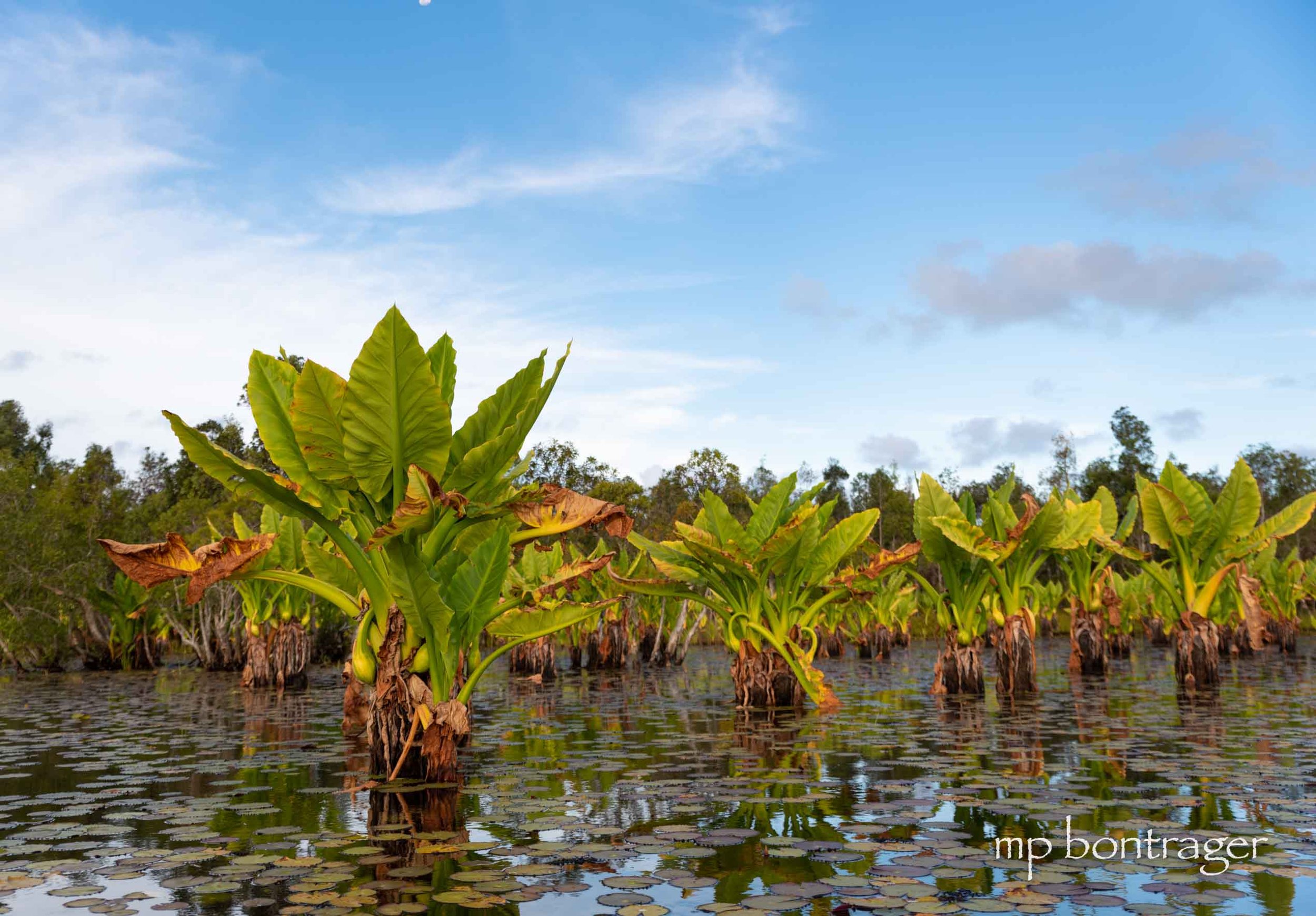I worked for a private language learning institute in Antsirabe, Madagascar for 9 months. It operates year-round, so I did not enjoy a 3-month winter holiday as most teachers do, but every once in-awhile I caught news that the institute would be closed for a short break. Without much notice, I would quickly have my friend and travel agent, S. Cocchiarella, organize a Madagascar adventure for me.
One such adventure was to Le Palmarium, a private reserve on Lake Ampitabe. Access to Le Palmarium is by boat through the Pangalanes Canal system, paralleling the Indian Ocean before entering Lake Ampitabe.
My private bungalow, situated on the lake shore, was absolutely private since most guests chose to stay in the forested part of the reserve where lemurs visit their tree-top rooms and balconies. Whether one chooses the sound of lapping waves on the lakeshore or a birds-eye view of lemurs, Le Palmarium is far removed from the hustle of Eastern Madagascar.
Lemurs at Ankanin’ny Nofy
The lemurs are habituated to humans, they literally pose for photographs because they are accustomed to being fed my humans.
Many of the lemur species living here are not endemic to Eastern Madagascar.
The privately managed hotel and reserve maintains close relationships with the local villages. I spent a day walking with my guides to their homes, visiting their families, and learning a little bit about their lifestyle. Later that evening we canoed the shoreline, enjoying the lush landscape from a new angle.
Sunset from the canoe
Village Visit
Le Palmarium is a wonderful family getaway especially since it is fairly accessible from Antananarivo. Children are able to run, play, and swim while their parents watch with a refreshing beverage. I especially enjoyed my perfect breakfast overlooking the lake, escaping city-life for a few days.
Wild Madagascar arranged all of the details of my trip ensuring that I could pursue the activities that interested me.
Deforested hills outside Le Palmarium boundary
Wild Madagascar Tour Operator arranged my travel plans to Le Palmarium




















Forests can be replanted but the biodiversity of the old growth forests cannot be replaced. The authors of “Primary Forests are Irreplaceable for Sustaining Tropical Biodiversity“ Nature, (2011) successfully argue “…when it comes to maintaining tropical biodiversity, there is no substitute for primary forests.”